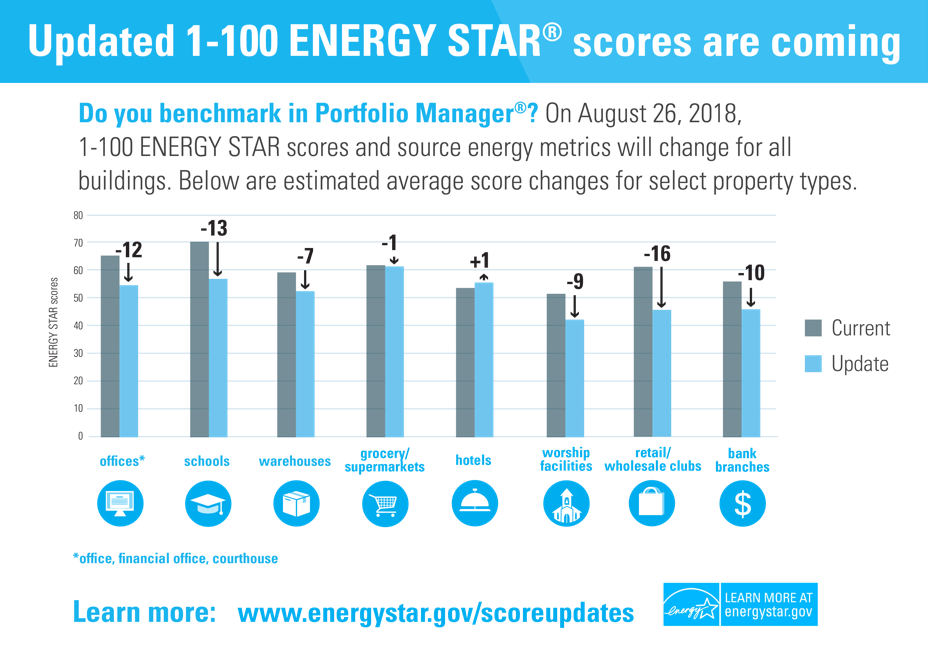ESG: A Sustainable Trend - Updates from ULI Research
/MACH attended the ULI conference in Washington D.C. in September. ULI is a thought leading organization with many lessons to impart, particularly from the annual ULI Emerging Trends report. The work is based on surveys of CRE (commercial real estate) professionals and research from ULI, PWC and others. A few interesting sustainability / efficiency data points from the report:
* - ESG (Environmental, Social and Governance) awareness is particularly high among Millennials. ESG work and performance is factored into investment decisions for 55% of Millennials and 25% of Gen X investors.
* - Other major investment issues for private equity investment decisions include energy efficiency (75% of respondents), sustainability governance (71%) and emissions / air quality (71%) (Source: PwC PE Responsible Investment Survey, 2019)
* - Data and Diligence : two survey respondents, a consultant to institutional asset managers and their client, stated they believe ESG monitoring as a part of the acquisition due diligence process can be associated with improved risk-adjusted returns.
* - Data and Due Diligence II : At MACH, we have heard from customers interested in leveraging our energy management software, energy reporting, budgeting and other functionality to help better diligence acquisitions. The visibility helps them move from guess-timates based on utility or tenant billing to more accurate forecasts, better post-purchase capital project outcomes and more insight into building operations or healthy buildings. More on better capital project outcomes here.
Check out the ULI press release here for more on the Emerging Trends report!








